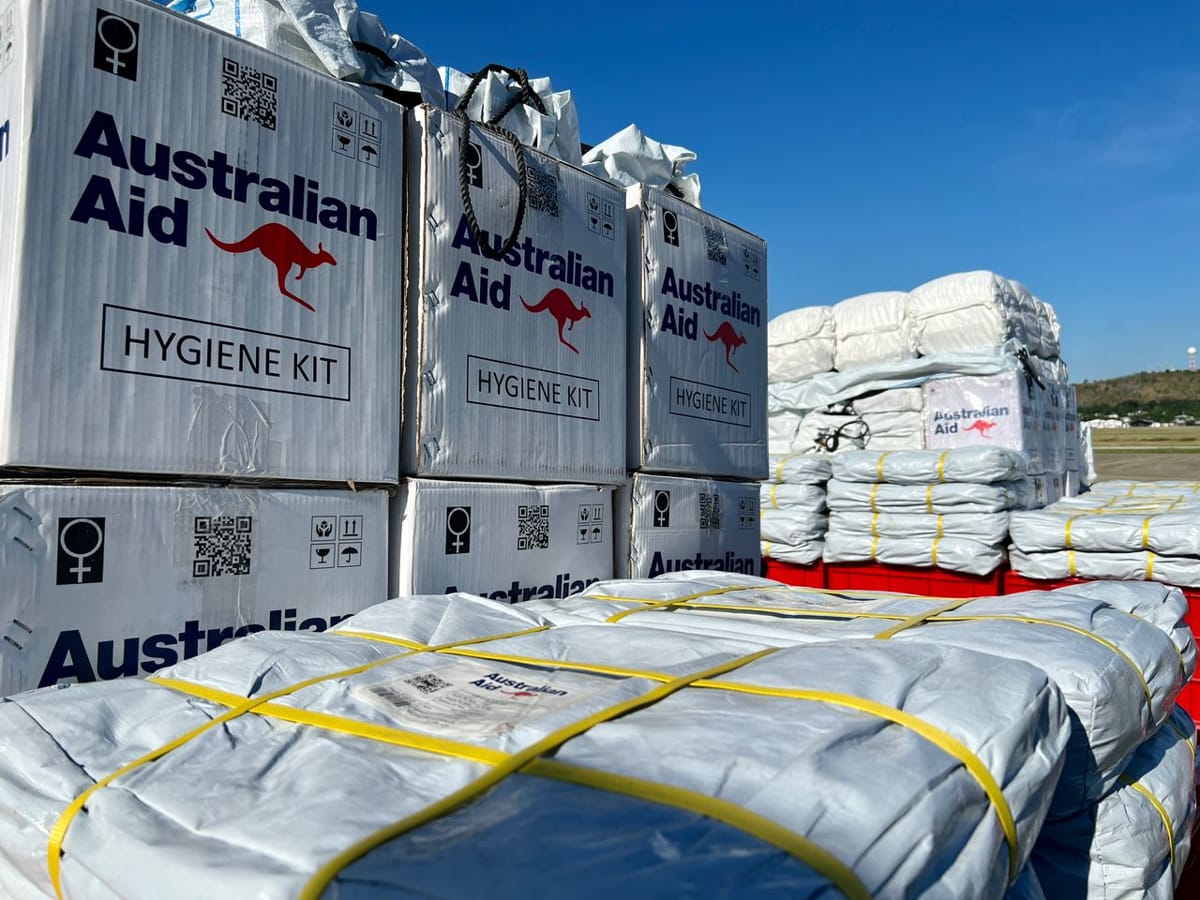Writing in The Interpreter last week, Andrew Carr suggested that the Department of Foreign Affairs and Trade should reorganise itself around the principle of solutions to problems, rather than using the traditional “national interests” approach.
This, argued Carr, would enable DFAT to prioritise and avoid being “pulled in too many directions, for too long, with too few resources”.
One direction
Yet four quick measures suggest that, contrary to this assumption, under the current government, Australia’s foreign affairs portfolio is already tightly focused on the Indo-Pacific. This is no surprise – after all, Foreign Minister Penny Wong herself has said her “focus will primarily be regions – so Southeast Asia and the Pacific”.
- The Foreign Minister’s travel destinations. Of 51 visits to countries overseas since taking office, 80 per cent were to Indo-Pacific countries, predominantly Southeast Asia and the Pacific. Wong has made just 10 visits to countries outside the Indo-Pacific, including one bilateral visit to the United States and two to New York for the UN General Assembly. (Assistant Foreign Minister Tim Watts has travelled more broadly, including to Latin America and Africa.)
At a certain point, there’s a debate to be had about what Australia’s “right-size” global role should be.
- Staffing in DFAT. A rough estimate, based on DFAT’s current organisation chart, is that more than 80 per cent of Senior Executive Staff who work on bilateral relationships are assigned to countries in the Indo-Pacific, predominantly the Pacific. Even this is probably an underestimate, because it does not include staff working on Indo-Pacific initiatives such as the Quad.
- Development spending. In the 2023–24 aid budget, 74 per cent of Australia’s aid spend goes to the Indo-Pacific (predominantly the Pacific, followed by Southeast Asia and South Asia). Excluding multilateral contributions and other funding that can’t be disaggregated to the regional level, 96 per cent of Australia’s aid goes to the Indo-Pacific.
- Australia’s diplomatic network. As the recent Lowy Institute Global Diplomacy Index showed, around 45 per cent of Australia’s diplomatic posts are in the Indo-Pacific. So, on this measure – which is the slowest to change of these four data points – we are less skewed towards our immediate region. Still, Australia has no posts in Central Africa, Central America, Central Asia, the Baltic region, or the Caucasus, compared with being represented in every Pacific Islands Forum member country.

Prioritisation or parochialism?
Canberra’s overriding focus on the Pacific first, and wider Indo-Pacific second, is appropriate. Australia faces major challenges just to sustain its level of influence in a region that is becoming more contested and competitive. It’s hard to argue that Australia’s interests would be better served by an embassy in Astana than one in Funafuti. The current government’s approach is broadly in line with the “6+2+n” rule of thumb Peter Varghese outlined in 2014 – although it emphasises the Pacific and Southeast Asia beyond Indonesia more prominently.
Still, at a certain point, there’s a debate to be had about what Australia’s “right-size” global role should be. Australia is running for a seat on the UN Security Council for 2029–30. If the vote were to become contested (it currently isn’t) how many votes would Australia get in Latin America or Africa, when ambassadors have previously complained of being unable to secure a high level of access in Canberra?
More importantly, if we aspire to the idea of “good international citizenship”, as former foreign minister Gareth Evans advocates, we cannot neglect the idea of Australia having a serious global role that extends beyond its own immediate region.
Public disagreement about the small scale of assistance to Ukraine, which has diplomatic as well as defence dimensions, is just one example of a tension that will likely grow between global citizenship and the prioritisation of the local in Australian foreign policy. As my colleagues Ryan Neelam and Herve Lemahieu argued recently, in a complex world, Australia will need “peripheral vision” as well as strategic focus.

